Do you know the Difference? Flyers vs Brochures vs Pamphlets

estimated reading time: 6 minutes
Flyers, Brochures, and Pamphlets
Printed literature is a very effective way to share a promotional
or informational message. Even though flyers, brochures, and pamphlets are
three of the most common forms of print literature, many people are unsure
about the differences between them and sometimes even use their names
interchangeably.
Adding to this uncertainty is the fact that these three pieces
often have similar traits. For example, all three are created in a convenient
size and all are usually printed in full color. Some brochures and pamphlets
even have comparable construction methods.
Though there are some similarities, there are also important
differences. Some of the differences relate to physical characteristics, but the
primary difference lies in the type and scope of the message being conveyed.
That said, below is a quick overview of these three documents
so you can see how they compare with each other in regards to features and purpose.
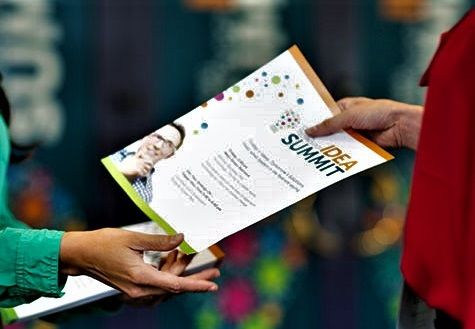
What is a Flyer?
Type of Message: The vast majority of flyers are created to
share a Promotional message. However, the flyer format is sometimes used for Informational
purposes too.
Scope of Message: A flyer is a relatively simple document
that focuses on a single topic, such as a product, service, event, idea, or
announcement. As such, flyers are intended to exhibit a concise message that
can be read and comprehended quickly. Also, flyers used for promotional purposes
include a clear call to action in order to stimulate a response.
Construction Format: Flyers are created from a single sheet
of paper, with 8.5" x 11" being the most prevalent size. For the sake of
economy, the paper is usually a lighter text weight. Also, most flyers are left
flat, though they could be folded or rolled up if it helps with distribution.
Printing and Finishing: Because the goal is to gain
attention, flyers are almost always printed in full color with bold headings
and eye-catching graphics. A gloss clear coat is often applied to add sheen and
vibrancy. To save money, the printing is usually limited to just one side
of the sheet though some flyers are printed on both sides.
Distribution Method: Flyers can be distributed in a variety of ways. They are often handed out in person, placed in a shopping bag with a purchase, left on a counter for self-serve, or attached to community message boards. They can also be included with product shipments or mailed correspondence. Flyers go by a variety of different names, which are usually based on the method of distribution. For example, flyers are sometimes referred to as handbills, circulars, leaflets, bulletins, or inserts.
Price Level: Because Flyers are created as a single sheet,
they are one of the most economical marketing methods available.

What is a Brochure?
Type of Message: Brochures are used to deliver a Promotional
message.
Scope of Message: Because the main purpose of a brochure is
to persuade and sell, it must clearly explain the benefits of choosing a
particular company, product line, or service. Hence, the information contained in
a brochure is somewhat detailed and, depending on the format of the brochure,
can often be quite thorough and extensive. Like a promotional flyer, a brochure must
include a clear call to action. Brochures can also be printed with a special
offer or coupon to encourage a timely response.
Construction Format: Brochures are configured to have
multiple panels or pages. This allows the information to be displayed in
logical sections. Simple brochures are often created from a single sheet of 11"
x 8.5" or 17" x 11" paper that has been folded in half (bi-fold) or into thirds
(tri-fold). Other popular brochure folding methods include the roll-fold,
gatefold, or double gatefold. Should the information require more space than a
folded configuration can provide, a brochure can be bound as a
multi-page booklet.
Printing and Finishing: Though a flyer is often printed on one
side only, a brochure always has printing on both sides. Being a promotional piece, a
brochure must present its content in a way that attracts and holds attention. A
colorful and aesthetically-pleasing design with descriptive text, intriguing
headlines, and vivid images are characteristics of an effective brochure. A tough
clear coat or laminate is frequently applied to increase sheen and add durability.
Additional enhancements, such as foil stamping, embossing, and die-cutting are
often used on higher-end brochure projects.
Distribution Method: Whereas flyers are often distributed
freely, brochures are generally provided to a more targeted audience. In most
cases, a brochure (especially a premium quality brochure) is only offered to a potential
customer once they have shown an active interest in the company and its
offerings. For example, brochures are often handed out to interested parties
while they are meeting with a salesperson, visiting a showroom, stopping by a
tradeshow booth, attending a networking event, and so on. Brochures can also be
distributed via direct mail.
Price Level: Basic brochures, such as those created from a
single folded sheet, are priced similar to flyers. However, many brochures have lengthy content and/or premium features to reflect the quality of the product
or service they represent. Because brochures can be created with so many distinctive features, they are often considered to be the flagship of sales literature. Generally speaking, the more expensive the products
or services being offered, the more money is spent on the promotional brochure.

What is a Pamphlet?
Type of Message: Pamphlets are used to deliver an Informational
message.
Scope of Message: The purpose of a pamphlet is to inform and educate. As such, the content usually only focuses on a single subject and is presented in a clear and easy-to-understand way. Though printed pamphlets provide a simple way to dispense important information, they aren't used for marketing purposes. Hence, pamphlets don't really need a call to action. However, they do often include text that points the reader toward additional sources of information. You may have noticed that pamphlets are used extensively by the medical community. Patients often have a lot of questions and pamphlets help to explain a variety of health-related issues. For example, pamphlets can provide details about various diseases and disorders, as well as surgical and non-surgical procedures, medications, preventative care, and similar topics. Utility companies and fire departments often use pamphlets to share information with the community about following proper safety procedures, avoiding hazards, dealing with emergency situations, etc. Pamphlets are also used extensively by nonprofits, government agencies, and social causes to raise awareness about specific issues or provide guidance.
Construction Format: Pamphlets are created in a small size to
make them easier to handle. The majority of pamphlets are
made from a single sheet of 11" x 8.5" paper, either tri-folded to 3.66" x 8.5"
or bi-folded to 5.5" x 8.5". Also, pamphlets are usually created from paper
that is light to medium in weight.
Printing and Finishing: Because pamphlets have an
educational focus, they do not need to be as visually impressive as a marketing
piece. However, a pamphlet still needs to have an attractive and logically-arranged layout to ensure the information gets read and understood. Though no
special enhancements are needed, the creative use of color, headings, and
images will make the pamphlet more engaging. In turn, this will improve
comprehension of the information being presented.
Distribution Method: The convenient size of pamphlets allows
them to be easily displayed. For example, pamphlets are often placed in a
literature rack on the counter or wall of a waiting room or lobby. The small
size of pamphlets also allows them to be sent economically through the mail. Of
course, pamphlets can also be handed out during a face-to-face meeting or as a "leave
behind" while canvassing a neighborhood.
Price Level: Since most pamphlets have simple features and are
created from a single sheet of folded paper, the price is quite minimal.
Let Color Vision assist with your next Print Project!
Whether you are looking for custom-printed flyers, brochures, or
pamphlets, be sure to get in touch with Color Vision Printing. We built our
strong reputation by offering quality printing at affordable prices.
We offer both offset and digital printing services, so we
can assist with just about any type of printing need you may have. Just give us
a call at 800-543-6299 to discuss your project.
Or, if you already know your specs and are looking for a
quote, fill out our easy Quote Request form and we will be happy to
email a quote to you.
We look forward to assisting with your next print project!
Related Articles
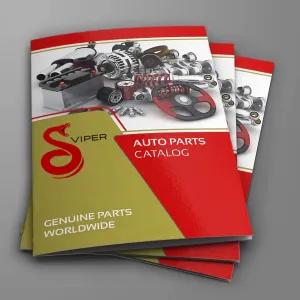
Booklet Catalogs: Why is this Catalog Format so Popular?
Read This Article
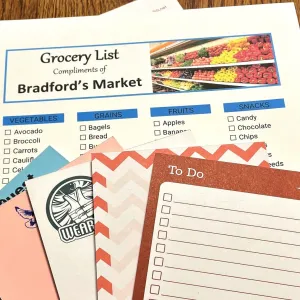
Custom Printed Notepads: Easy and Affordable Marketing Tools
Read This Article
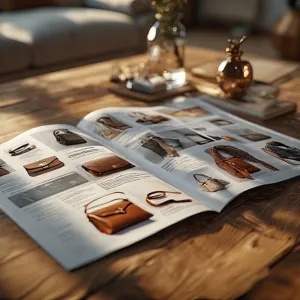
7 Key Advantages Print Marketing has over Digital Marketing
Read This Article
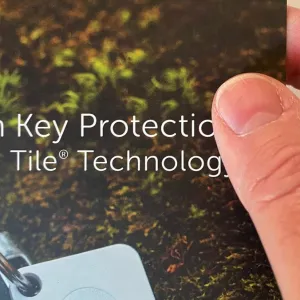
Print Marketing: Exploring the Allure of a Soft Touch Finish
Read This Article